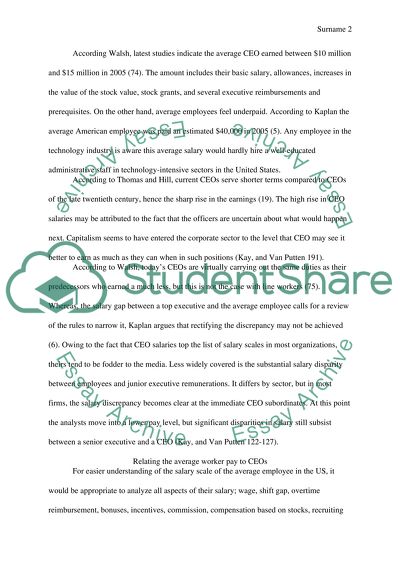Cite this document
(“Are U.S. CEOs overpaid Research Paper Example | Topics and Well Written Essays - 2000 words”, n.d.)
Retrieved from https://studentshare.org/english/1459108-are-us-ceos-overpaid
Retrieved from https://studentshare.org/english/1459108-are-us-ceos-overpaid
(Are U.S. CEOs Overpaid Research Paper Example | Topics and Well Written Essays - 2000 Words)
https://studentshare.org/english/1459108-are-us-ceos-overpaid.
https://studentshare.org/english/1459108-are-us-ceos-overpaid.
“Are U.S. CEOs Overpaid Research Paper Example | Topics and Well Written Essays - 2000 Words”, n.d. https://studentshare.org/english/1459108-are-us-ceos-overpaid.


